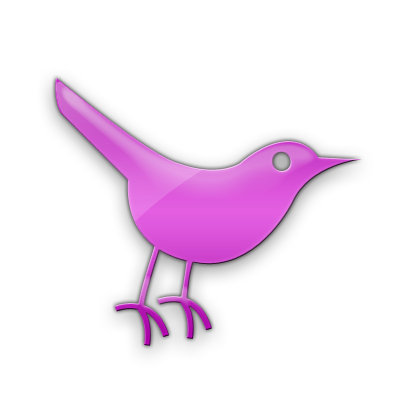Prevention-Palooza is one of our favorite fall events here in Charleston.
This is the 3rd annual event hosted by the Dragon Boat Club, and it takes place on Saturday, November 12, from 8:30 a.m. to 12:30 p.m. at the Arthur W. Christopher Center in downtown Charleston.
Prevention-Palooza is a FREE event held in partnership with Roper Hospital. Be sure to bring all of your friends and family to participate.
During this event, you will have access to health screenings, nutrition, and fitness vendors, and a fabulous keynote speaker.
You will also receive breakfast courtesy of the Dragon Boat Club. (Who can say no to a complimentary breakfast!?!)
The hope is that through education and access to medical screening, people can learn to take preventative health care measures to detect disease and illness, like breast cancer, fast.
We truly hope you’ll join us for a motivating and inspiring day of food and fitness!
Visit the Dragon Boat Charleston website or email melabriola@gmail.com to RSVP.









